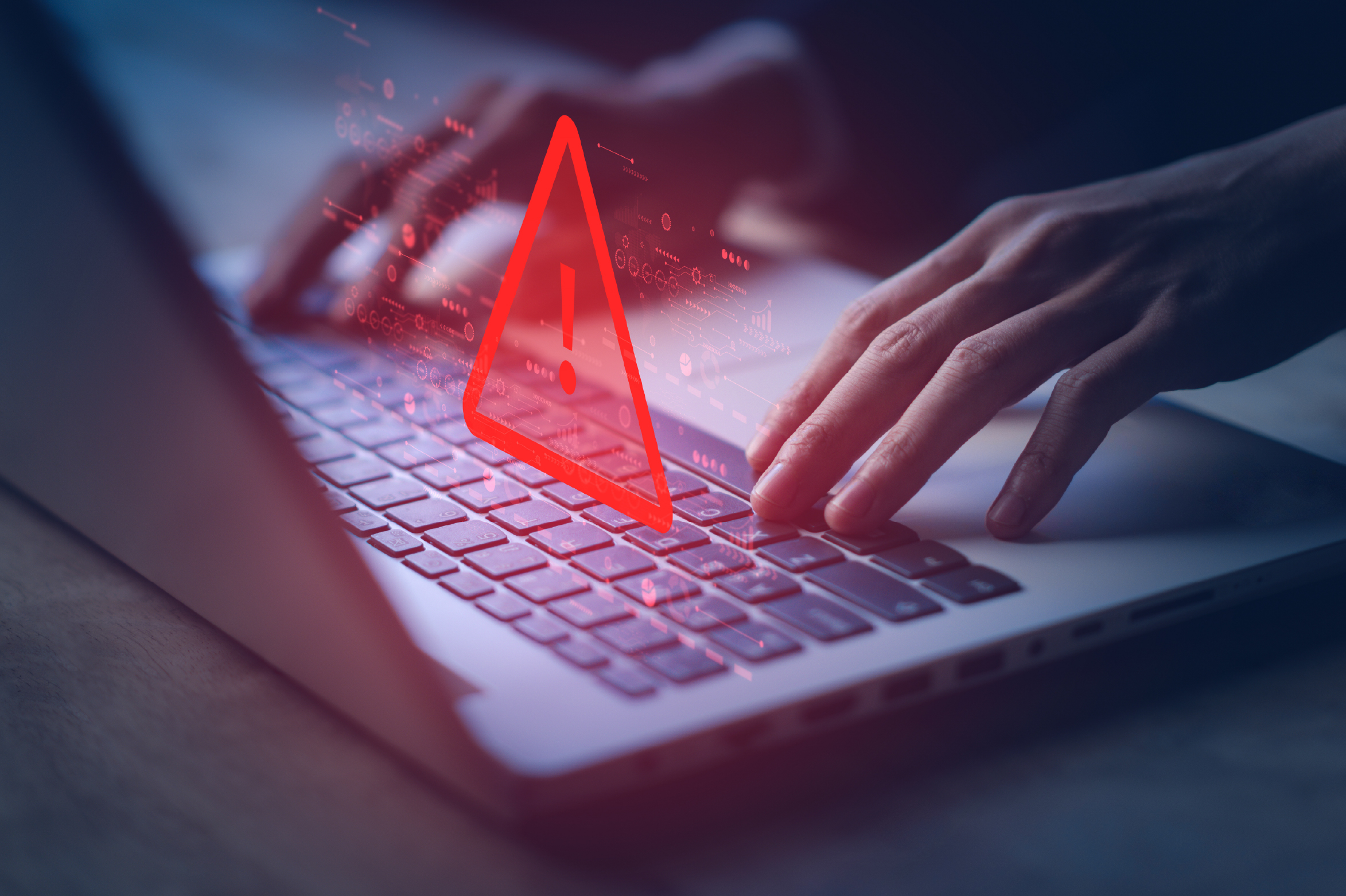What Exactly Is ITAD?
IT Asset Disposition (ITAD) has been a burgeoning industry for the past two decades and with the continued proliferation of data bearing devices, its growth is expected to be exponential in the coming years. Yet outside the industry itself, there remains some uncertainty about what ITAD is and what it encompasses. Moreover, most organizations only consider ITAD as an afterthought when they have to “get rid of stuff” rather than taking a proactive approach to their asset management. This is something to address given the growing and increasingly critical importance of ITAD within the greater IT field.
While different organizations and individuals have somewhat varying definitions of ITAD, at its core, ITAD is the management of decommissioning retired IT assets in a manner that ensures data security and environmental compliance while maximizing residual value. ITAD vendors accomplish this through means of responsible recycling and remarketing, methods of data erasure that are NIST 800-88 compliant, and by partnering with certified downstream vendors. The surest way for organizations to be certain that their retired assets are managed in a way that is both secure and ethical is to select an R2-certified ITAD vendor. Such vendors are rigorously and routinely audited by an independent third party to ensure compliance and implementation of best practices. Among non-certified ITAD vendors and e-waste recyclers, standards and practices can vary greatly, often creating vulnerabilities for their customers.
As noted above, the quickening pace of technology has elevated the imperative of ITAD. With tightening refresh cycles of traditional IT assets, cloud migration, and the emergence of the Internet of Things (IoT), this trajectory will continue into the foreseeable future. It is therefore critical that organizations begin incorporating ITAD into their overall lifecycle management program now rather than later. Unfortunately, the approach of most organizations to date has been of an ad hoc nature and views ITAD as a “necessary evil.” As a result, responsibility for ITAD is often delegated to a junior member of the IT staff with the seemingly cheapest, upfront option selected. This leads to the un-recouped residual value of the retired assets, the uncertainty of data security, and dubious environmental impact.
Conversely, organizations that have a robust asset lifecycle management program will plan their refresh cycles in a manner that optimizes the functionality of the devices while capturing the maximum residual value, making refreshes more fiscally sustainable. The hidden costs of continued usage of less capable, mature or obsolete devices and their depreciation are significant. In addition to CIO involvement, key stakeholders such as CFOs, COOs and other executive staff are included in the planning and decision-making processes as a robust asset management program demands their involvement. Finally, these organizations consult with a trusted, certified ITAD vendor. A knowledgeable ITAD consultant will assist these organizations greatly in planning and optimizing their lifecycle management program, lending key industry insights.
While new technology is naturally more exciting to most people, end-of-use devices require an equal amount of planning and care as they exit an inventory. The front-end costs of proper planning and asset management are vastly outweighed by closing vulnerability gaps in data security, the costs associated with environmental compliance issues, and the loss of residual value of end-of-use devices.
At ARCOA Group, we provide quality asset retirement services designed to maximize data security and asset value. Being a leading certified company, we make it our duty to ensure our services meet our client’s exact needs. Contact us today or request a free quote.
RELATED INSIGHTS

Foundational Documentation for Disposition Services: First, Define and Control
During the last CITAD class we were discussing the topic of Due Diligence and different things we can do...

Asset Tracking and Cyber Security
Protecting Your IT Assets and Sensitive Data Asset tracking is a key component of cybersecurity and IT Asset Management...
LET’S GET STARTED
Ready to put your retired IT assets to work for your business? Contact us to get the conversation started or request a quote. ARCOA has all the solutions you need to turn old IT assets into new revenue.
Talk to an Expert![$img['alt']](https://www.thinkarcoa.com/wp-content/uploads/2022/09/adi-goldstein-EUsVwEOsblE-unsplash.jpg)